Keto Sauerkraut

Published March 7, 2021 • Updated June 2, 2025
This post may contain affiliate links. See my disclosure policy.
Keto sauerkraut is simple and easy to make. It is full of tang and taste and also offers many health benefits. All you need is cabbage, salt and a jar. Mix up everything and let the magic happen!
10
Servings
2
Calories
0.1g
Fat
0.1g
Protein
0.2g
Net Carb
0.4g
Total Carbs
Disclaimer: The nutrition information provided is an estimate and is for informational purposes only. I am a Doctor of Pharmacy (Pharm.D.); however, this content is not intended to be a substitute for professional medical advice, diagnosis, or treatment. Always consult your physician or other qualified health provider before making any lifestyle changes or beginning a new nutrition program.
With 100s of videos and millions of views, Ketofocus is one of the most popular Keto channels on YouTube.
Ingredients
1 head of cabbage
2 tablespoons salt
1 teaspoon fennel seeds
1 teaspoon coriander seeds
Step by Step Instructions
-
Shred the cabbage
Shred the cabbage into thin strips using a knife, mandoline slicer or food processor.

-
Add salt & seasoning
Place the cabbage shreds in a large bowl along with salt, fennel and coriander.
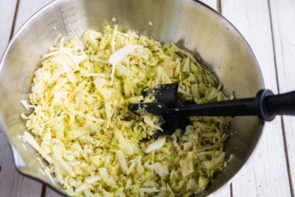
-
Press the cabbage
Press the liquid out of the cabbage by smashing it using a spoon or meat hammer. The combination of the pressing action and salt will help release the fluid from the cabbage. This will take about ten minutes.
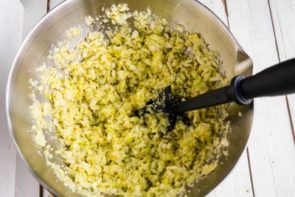
-
Add to the mason jar
Add a few spoonfuls to a clean, dry mason jar. Press down the cabbage as you add it with each spoonful. Keep adding cabbage and pressing it down until the liquid rises above the cabbage and the liquid is about an inch from the top of the jar. This will allow room for expansion during fermentation.

-
Ferment
Screw on the lid and let sit at room temperature on the counter for at least 3 days. After 3 days, taste it. If it's perfect, then place in the refrigerator to pause the fermenting process. If you want it tangier, let sit for a few more days.

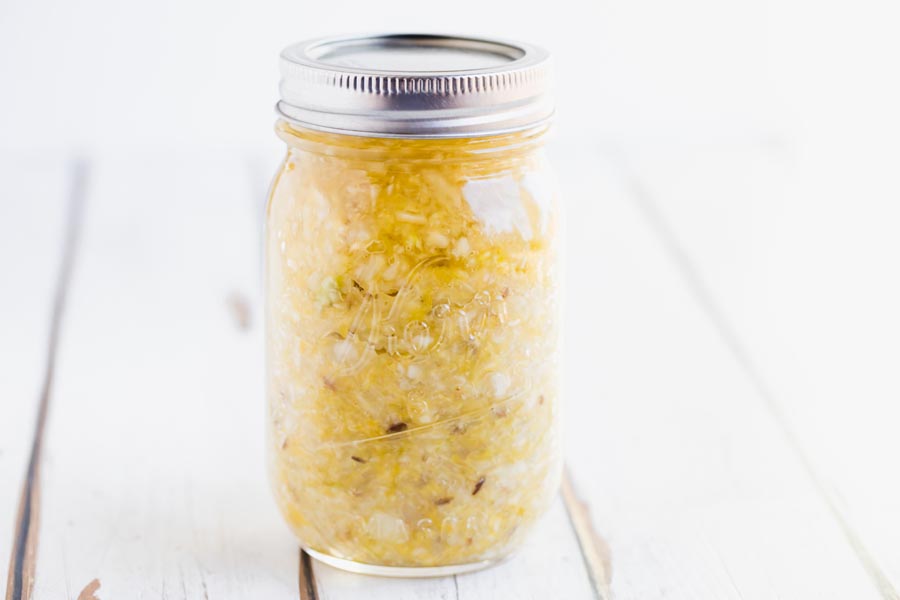
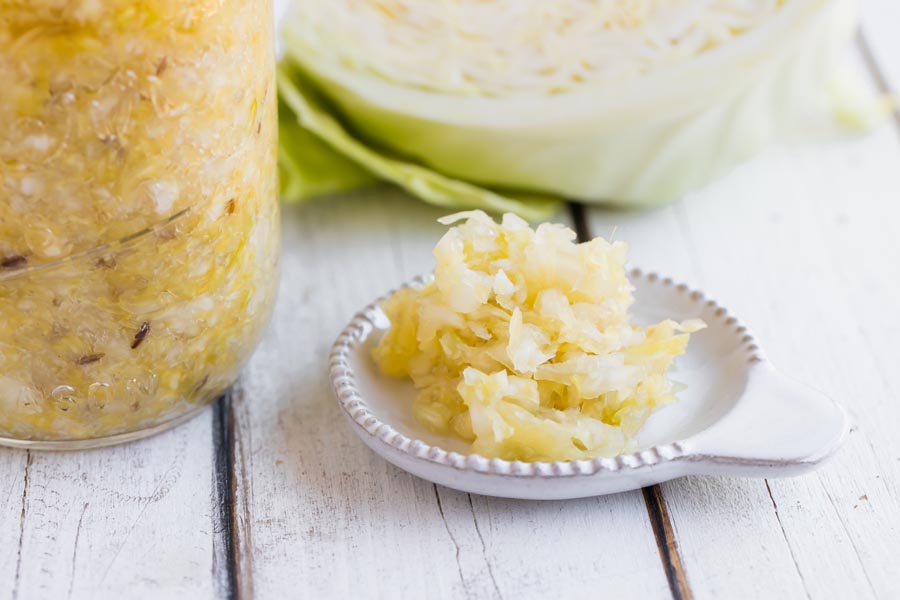
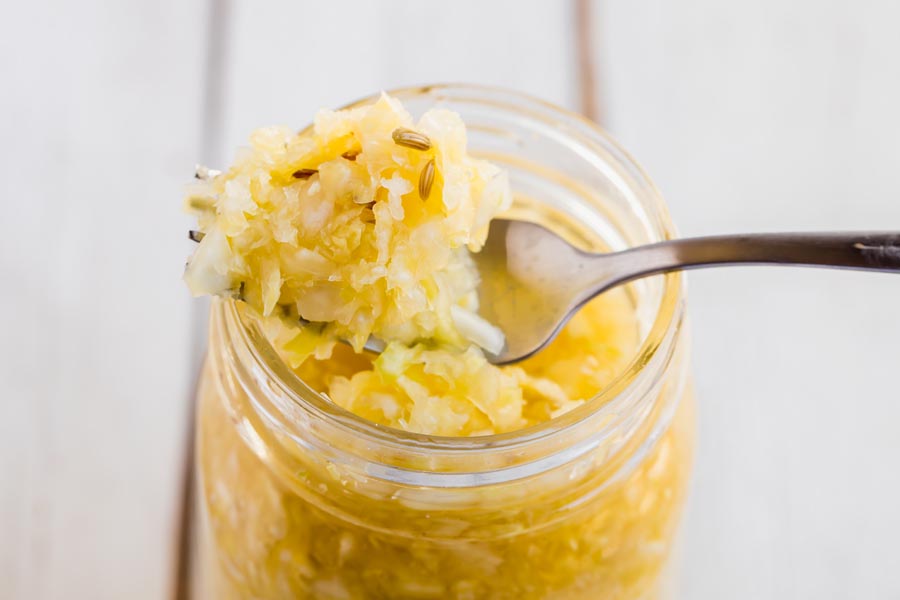
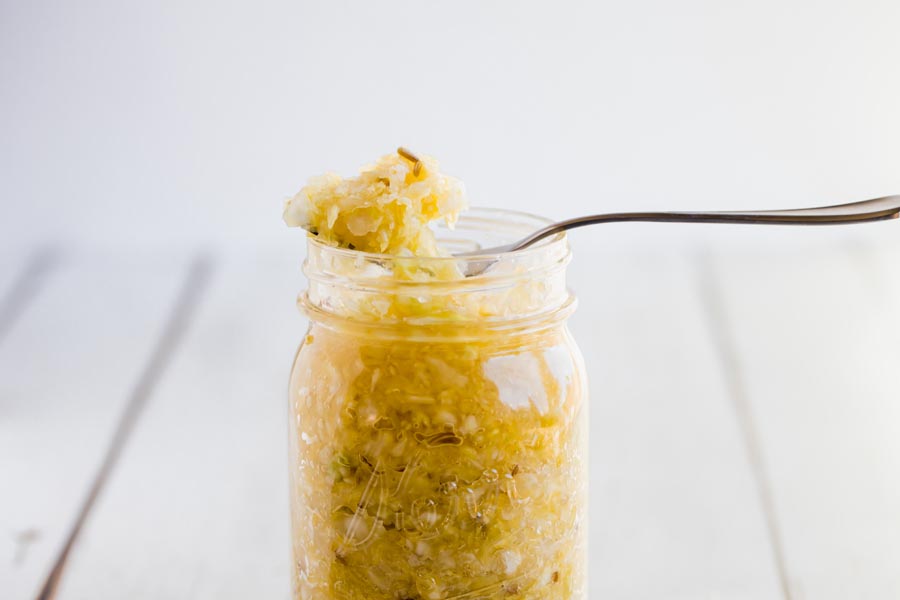
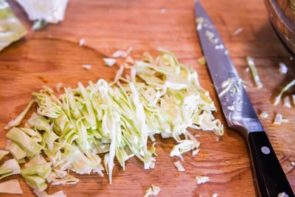
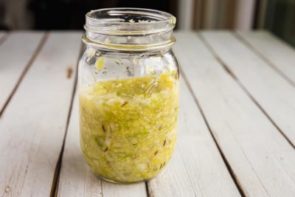
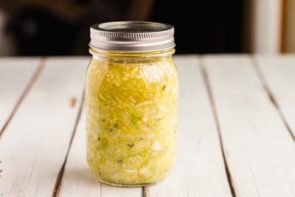
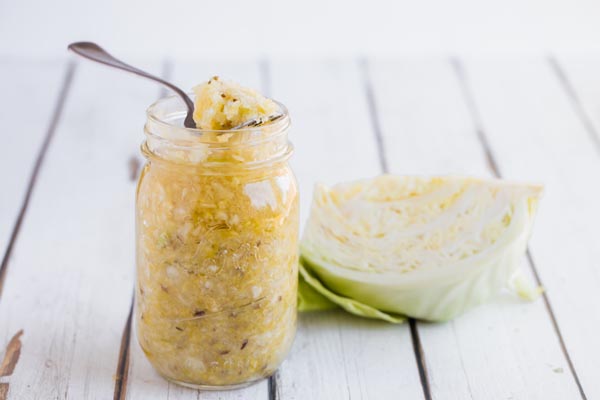

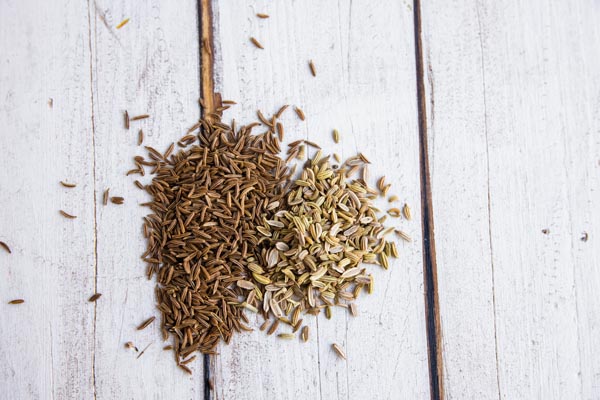
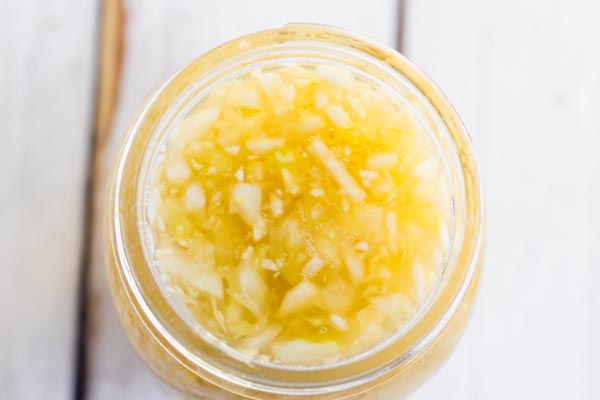
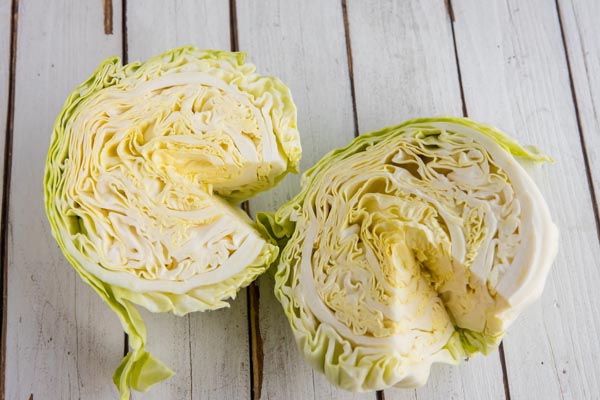
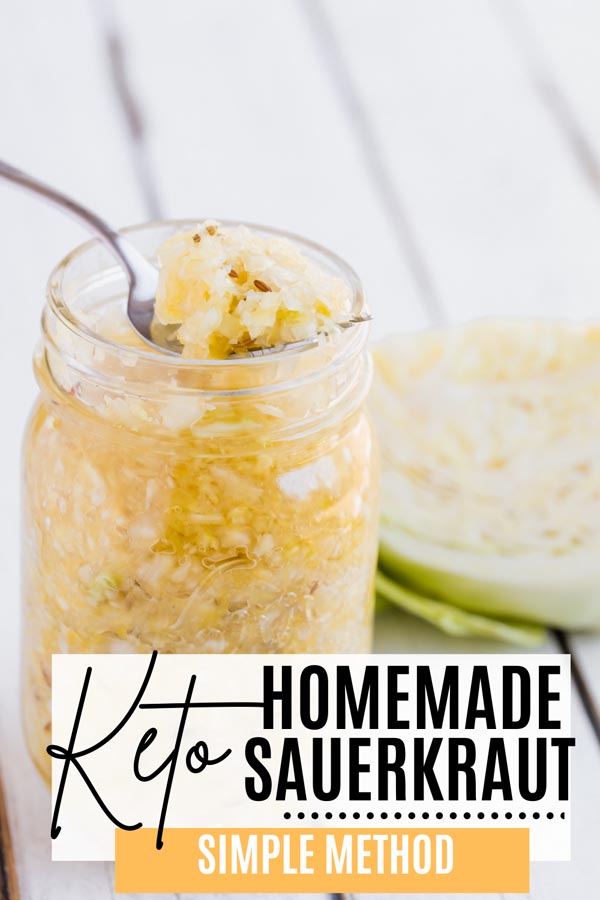

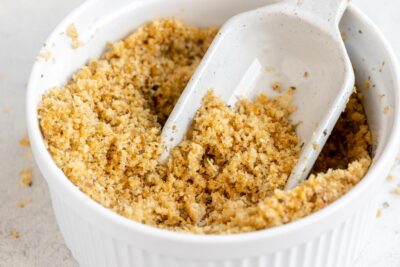


Love the flavours but waaaay too salty. The real variable in the recipe is “a head of cabbage”. I guess the head of cabbage I used is much smaller than the recipe expects. Will try soaking it in cold water to make it palatable.
I think this was the best sourkraut I’ve ever had ..Mine took 7 days to be absolutely perfect .I love cooking and I always thought sourkraut was a hard long process never image it could be so easy lol. Well you do have to have patience 😁
Annie, this was so fun. I have never done anything like this, but it was neat to make. I felt 5 days is where it was perfect for me and my husband agrees.
I was thinking the same too. Kind of like a chia pet, but sauerkraut! haha